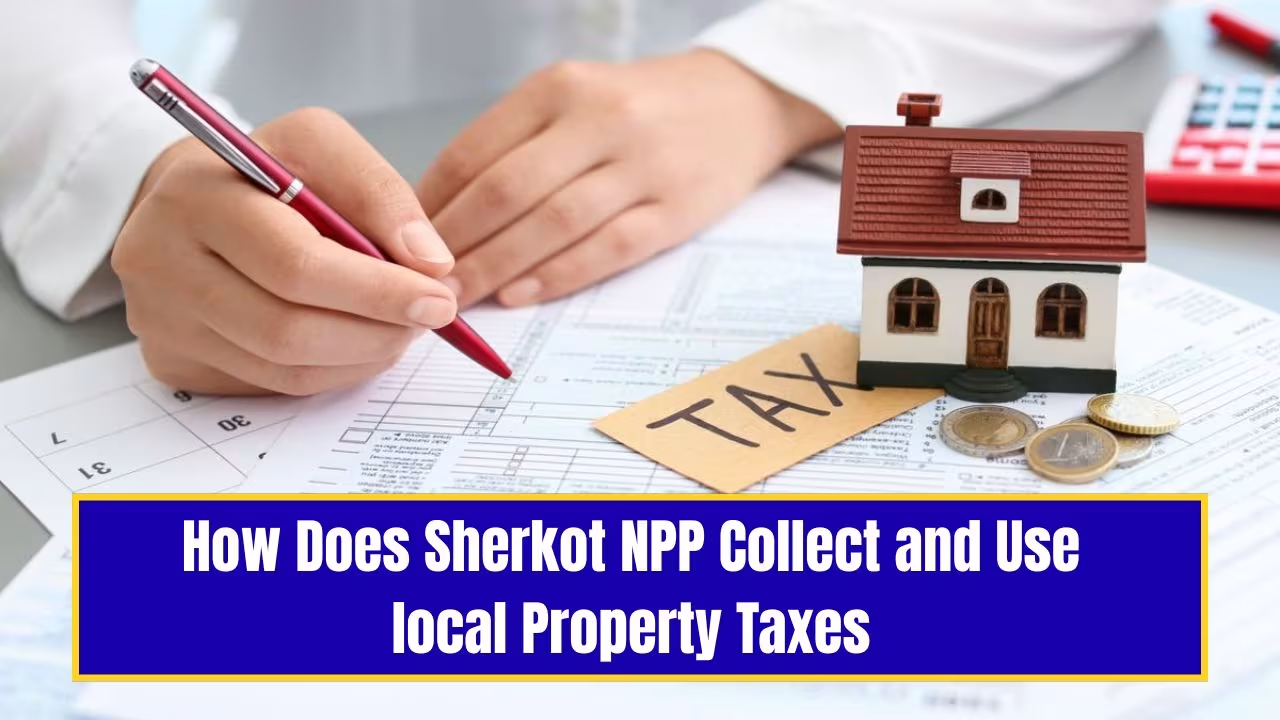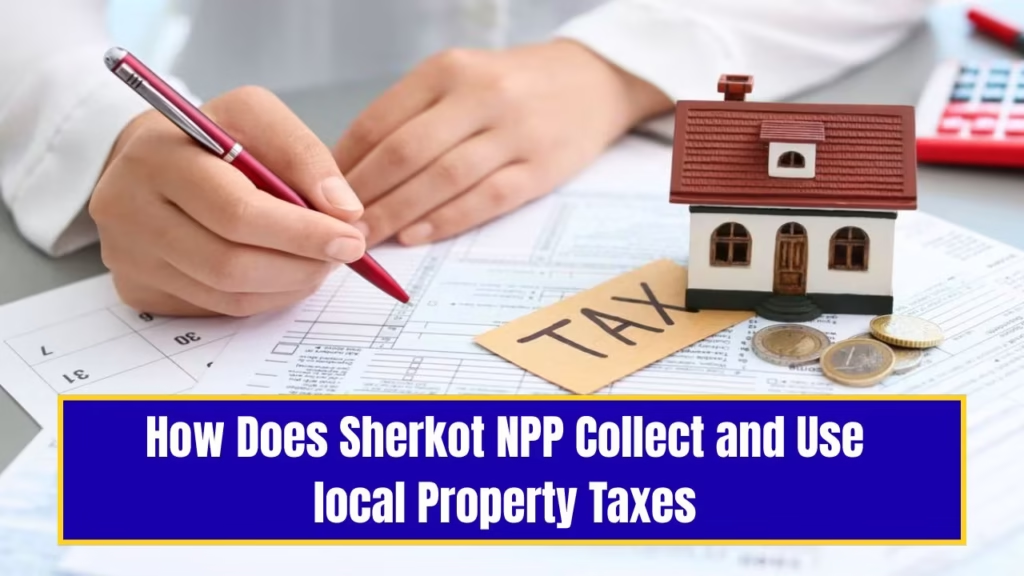NPP Sherkot Property Taxes 2025: Sherkot Nagar Palika Parishad (NPP) collects and utilizes local property taxes through a structured municipal framework designed to fund civic infrastructure and public services. The system operates under Uttar Pradesh’s urban local body regulations, leveraging digital platforms for transparency and efficiency. Property owners are assessed based on built-up area, location class, and property type, with tax rates applied annually to generate revenue for urban development.
NPP Sherkot Property Taxes 2025
In the quiet lanes of Sherkot, a small but growing Nagar Palika Parishad in Bijnor district, Uttar Pradesh, the rhythm of civic life is sustained not just by its people but by an often-overlooked force, property tax. More than a municipal obligation, it is the lifeblood of urban governance, powering streetlights, cleaning drains, and paving roads that connect homes to markets and schools. For decades, this system has evolved from manual ledgers to digital dashboards, reflecting a quiet revolution in local administration. Today, every homeowner who logs into the NPP Sherkot portal to pay their house tax becomes part of a larger story, one of accountability, development, and community resilience.
How Sherkot NPP Collects Property Taxes?
Sherkot Nagar Palika Parishad collects property taxes through a hybrid system combining digital accessibility with grassroots administration. The primary method is online payment via the official website, where taxpayers enter their House ID to access dues and make payments securely. This digital gateway is supported by physical offices where residents can seek assistance, ensuring inclusivity for those less familiar with technology.
The collection process begins with property assessment. Each building is categorized based on built-up area, usage (residential or commercial), and location class. Using the Unit Area Value System (UAS), common across Uttar Pradesh, the tax is calculated per square foot of constructed space, adjusted by a location factor and property type multiplier. For instance, commercial properties in central wards attract higher rates than residential units on the outskirts.
To ensure compliance, the NPP conducts periodic surveys and updates property records. Delinquent taxpayers receive notices, and penalties may be imposed for late payments. However, the focus remains on awareness and facilitation rather than coercion. Public campaigns educate residents on the benefits of timely payment, reinforcing the idea that tax compliance strengthens community welfare.
IBPS Clerk Cut Off 2025, Check Prelims Cut-Off Marks [Expected]
NIOS 10th Hall Ticket 2025 Download Direct Link, Exam Pattern, Syllabus & Result
Tax Calculation and Applicable Rates
Property tax in Sherkot is calculated using a standardized formula aligned with Uttar Pradesh municipal guidelines:
Property Tax=Built-up Area×Rate per Square Meter×Location Factor×Property Type FactorProperty Tax=Built-up Area×Rate per Square Meter×Location Factor×Property Type Factor
The built-up area is measured in square meters, while the rate per square meter varies by zone classification, typically divided into residential and commercial categories. Although exact 2025 rates for Sherkot are not publicly listed, neighboring municipalities suggest a range of ₹1.18 to ₹2.37 per square foot annually for residential properties, with commercial units taxed at nearly double that rate.
Certain exemptions apply to promote social equity. Properties used for religious purposes, homes of retired soldiers and widows, kutcha houses, and those under poverty alleviation schemes are charged a nominal flat rate of ₹250 per annum. Additionally, properties under 25 square meters are also subject to this minimal charge, ensuring low-income households are not disproportionately burdened.
The financial year for tax assessment runs from April to March, with the current cycle being 2025–2026. Taxpayers can verify their liability using the “Know Your House ID” feature on the NPP website, which links to detailed assessment records.
Digital Transformation and Citizen Access
Sherkot NPP has embraced digital transformation to streamline tax collection and improve citizen engagement. The official portal, nppsherkot.org, serves as a one-stop platform for property tax services, including payment, mutation requests, and license applications. The interface is designed for simplicity, allowing users to enter their House ID and instantly view outstanding dues, payment history, and due dates.
Behind the scenes, a centralized database integrates property records, tax assessments, and payment logs, reducing discrepancies and enabling real-time monitoring. This system supports multiple payment modes, net banking, UPI, and debit/credit cards, making transactions convenient and secure.
Moreover, the NPP uses the platform to disseminate information, publish circulars, and share ward-wise development updates. Citizens can also file grievances or request services directly through the site, fostering two-way communication. Such digital inclusivity not only boosts compliance but also builds trust in local governance.
Utilization of Property Tax Revenue
The revenue generated from property taxes is reinvested into Sherkot’s civic infrastructure and public services. As per municipal mandates, funds are allocated to essential urban functions such as road construction and maintenance, solid waste management, street lighting, water supply, and drainage systems. These services directly impact residents’ quality of life, particularly in densely populated wards.
A portion of the budget also supports administrative operations, including staff salaries, office maintenance, and digital infrastructure upgrades. Additionally, funds may be channeled toward public health initiatives, sanitation drives, and beautification projects like park development and signage installation.
Transparency in fund utilization is ensured through annual audits and public disclosure of expenditure reports. While detailed financial statements are not yet available online, residents can request information through official channels, reinforcing accountability.


